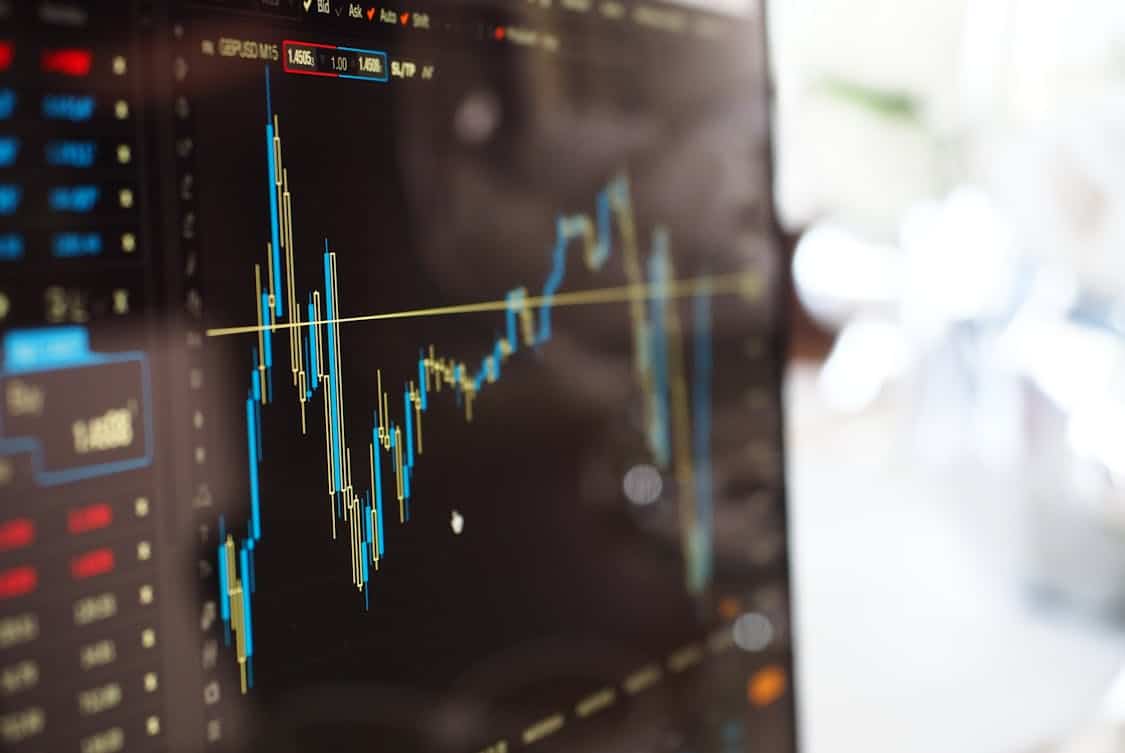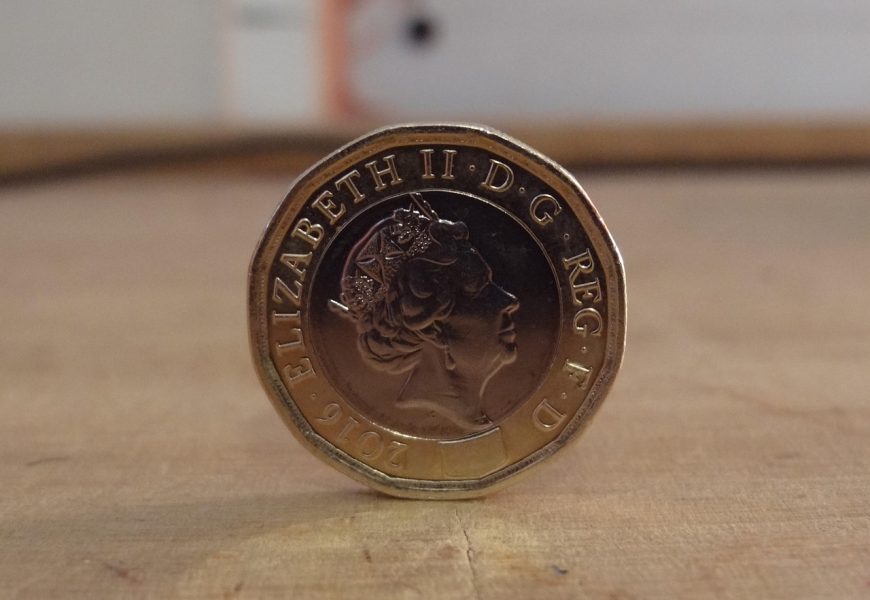Investing in precious metals has been a strategy for centuries, and today, investors have more choices than ever. Among these options, physical metals and exchange-traded funds (ETFs) are two prominent avenues.
Each has its unique characteristics, advantages, and drawbacks. Let’s explore these two investment types, focusing on their features, risks, and benefits.
Understanding Physical Metals
When we talk about physical metals, we’re generally referring to tangible assets like gold, silver, platinum, and palladium.
Owning physical metal means you possess the actual item, whether it be bars, coins, or other forms. This kind of investment has a long-standing history that many find appealing.
Tangibility and Security
One key advantage of physical metals is their tangibility. Holding a gold bar or silver coin offers a sense of security that digital or paper assets simply cannot match.
In uncertain economic times, having something you can physically hold can provide peace of mind. Many investors appreciate the idea of having a safety net in the form of precious metals, particularly during market downturns.
If you want a trusted source for buying and selling precious assets, consider working with a money and metals exchange that has a solid track record.
Value Retention and Inflation Hedge
Physical metals are often viewed as a hedge against inflation. Unlike currency, which can lose value when printed excessively, precious metals tend to hold their value over time.
Many investors turn to gold and silver to preserve wealth, especially when inflation rates soar. Historically, these metals have maintained their purchasing power, making them attractive for long-term stability.
What Are ETFs?

Exchange-traded funds (ETFs) are investment funds that trade on stock exchanges, much like individual stocks. They can hold various assets, including stocks, bonds, or even physical metals.
When it comes to precious metals, some ETFs are designed to track the price of specific metals by holding physical commodities.
Convenience and Liquidity
One of the main attractions of ETFs is their convenience. Investors can easily buy and sell shares through a brokerage account, without worrying about storage, insurance, or security—issues often associated with physical metals.
This liquidity allows investors to enter or exit positions quickly, which can be ideal for those looking to capitalize on market trends.
Diversification
ETFs also offer a level of diversification that can be hard to achieve with physical metals alone. Many precious metal ETFs hold a mix of metals, reducing risk by spreading investments across several assets.
For those who want exposure to precious metals without putting all their eggs in one basket, this can be an appealing option.
Comparing Costs: Physical vs. ETFs
Cost is often a deciding factor for many investors. The pricing structure for physical metals and ETFs can significantly differ, and understanding these costs is crucial for making informed decisions.
Premiums and Fees for Physical Metals
Buying physical metals usually involves a premium over the spot price, covering minting and distribution costs. Additionally, storing and insuring these assets can add further expenses.
Some investors prefer to keep their metals at home, while others may invest in secure storage facilities, which can also incur fees.
Expense Ratios and Transaction Costs for ETFs
ETFs, on the other hand, come with expense ratios, which are annual fees taken from the fund’s assets. While generally lower than buying and storing physical metals, these fees can add up over time.
Moreover, trading costs can arise depending on the brokerage used. Understanding these fees can help determine the overall value of investing in ETFs versus physical metals.
Market Dynamics and Price Fluctuations
The price dynamics of physical metals and ETFs can differ due to various factors, including market demand, geopolitical events, and economic indicators.
Price Manipulation and Market Sentiment
Physical metals often reflect true market sentiment and supply-demand dynamics. However, ETFs can sometimes experience price discrepancies due to market manipulation or high trading volume.
For example, an ETF might not perfectly track the price of its underlying metal, leading to potential inefficiencies.
Tracking Errors in ETFs
Moreover, ETFs can experience tracking errors, where the fund’s performance deviates from that of the underlying asset.
This discrepancy can occur due to management fees, expense ratios, and market conditions, creating a situation that might not fulfill an investor’s expectations.
Risks Associated with Each Investment Type
Every investment comes with risks, and understanding these can aid investors in making prudent choices.
Security Risks for Physical Metals
Owning physical metals carries specific risks, such as theft or loss. Proper storage solutions and insurance are essential to mitigate these risks, but they come with additional costs.
Additionally, in a worst-case scenario, physical metals may not be easily liquidated in times of urgent need.
Market Volatility and Management Risks for ETFs
ETFs are not without their own set of risks. Market volatility can impact the fund’s share price, and poor management can lead to poor performance.
While they may offer higher liquidity, this can also result in rapid price changes, which can be challenging for investors who prefer stability.
Accessibility and Market Trends
Another factor to consider is accessibility. The ease with which investors can enter and exit their positions can significantly impact their decision-making process.
Accessibility of Physical Metals
Buying physical metals typically requires dedicated effort. Investors need to find reputable dealers, verify the quality of the metals, and ensure safe storage. This process can be time-consuming and may deter some potential investors.
The Digital Age of ETFs
In contrast, ETFs are designed with accessibility in mind. Investors can trade them on various platforms, often with minimal effort and in real-time.
This ease of access aligns well with the increasing trend toward digital investments, appealing to a younger, tech-savvy demographic.
Tax Implications of Each Investment
Tax treatment can also influence investment decisions, and understanding the nuances can help investors strategize effectively.
Tax Considerations for Physical Metals
When selling physical metals, capital gains taxes may apply. The tax rate can vary based on how long the metals were held before selling.
Short-term gains could be taxed at a higher rate than long-term gains, which is worth considering for those looking to buy and sell frequently.
ETFs and Tax Efficiency
ETFs can also trigger capital gains taxes, but they often come with built-in tax advantages. The structure of ETFs allows for tax-efficient management, which can lead to lower tax liabilities for investors.
This aspect can be particularly appealing for those focused on maximizing returns.
Investment Strategies: Physical Metal vs. ETFs
Different investment strategies can yield various results depending on whether you choose physical metals or ETFs.
Long-Term Wealth Preservation with Physical Metals
Investors who prefer long-term wealth preservation might lean towards physical metals. The ability to hold these tangible assets can provide a sense of security and stability over time.
This strategy often aligns with individuals looking for a hedge against economic turmoil.
Active Trading with ETFs
For those interested in active trading or short-term gains, ETFs can serve as a more suitable option. The ease of buying and selling allows traders to capitalize on market movements quickly. This dynamic can be especially alluring in a volatile market.
Personal Preferences and Psychological Factors
Finally, personal preferences play a critical role in determining the best investment option. Emotional factors, risk tolerance, and investment goals can shape one’s approach.
Comfort with Tangibility
Some investors find comfort in owning physical assets, valuing the tangible aspect of their investments. This psychological element can be significant, influencing decisions and overall satisfaction with portfolio performance.
Digital Mindset and Modern Investing
On the flip side, others are more inclined towards modern, tech-driven investment solutions. The ability to trade quickly, access real-time data, and manage portfolios online can be very appealing, particularly for younger investors.
The choice between physical metals and ETFs ultimately comes down to individual preferences, goals, and risk tolerance. Each investment type has its unique offerings, catering to various investment philosophies and strategies.





